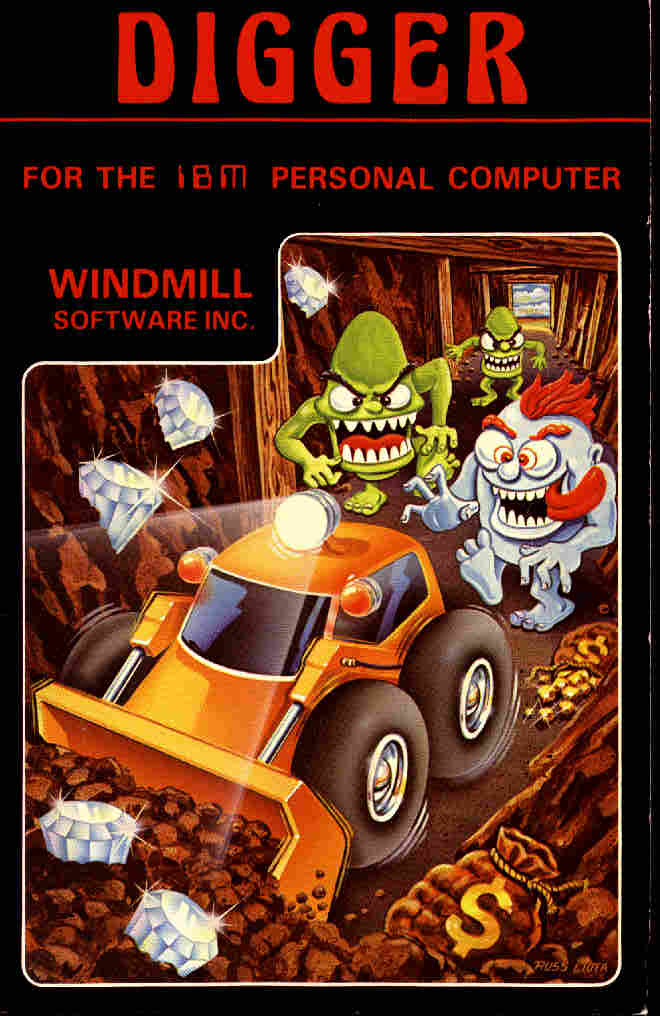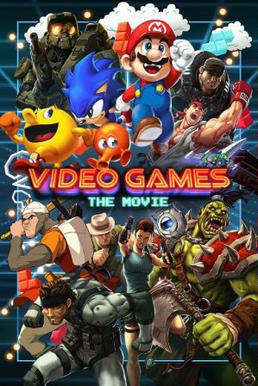
Review on Digger (1983)
Old, but
challenging! Digger is a fun computer game to play back in 1983. Developed by Windmill
Software, this arcade game follows the elements from Mr. Do! and Pac Man and
can be played by either single or two.
Playing as
a digging machine, you are tasked to collect emerald treasures buried deep underground.
You can move left, right, up and down, and unlike Pac-Man where the maze is a
dead end, you have the ability to create tunnels horizontally and vertically,
in order to reach the treasures. However, you must avoid subterranean creatures
which will hunt and pursue you around every corners you make. Each level will
end and you get advanced to the next stage when all the emeralds have been
collected. If an enemy touches you, you lose a life and when you are out of
lives, it is game over.
You may
encounter bags of gold that can serve as a help by pushing or burrowing
underneath them to block or destroy enemies after falling on top of them or a hazard
when it drops on you. You may score 25 points for each emerald collected but
more points can be rewarded based on killing an enemy (by setting gold bags on
them as well as shooting fireballs at them) or collecting the gold that was exposed
after dropping.
Like
Frogger and Pac-Man, Digger instils instincts of survival and fear to the
player, prompting him/her to take up the challenge (to collect the treasures) while
evading the danger posed (the monsters chasing the digger) to the player. As
the player collects the emeralds in order to ‘get out’ of the stage, a strong
urge of greed happens to be generated as the number of points the player gets
rewarded gets accumulated. There is a bonus instinct of revenge when the player
gets to briefly chase and destroy the monsters in a limited time when the
digging machine collects a cherry, similar to how Pac-Man gets a power-up and
chase its enemies. The player will feel a sense of excitement once he/she has played
through and completed a level, and being rewarded with points obtained from
emeralds, gold and killing monsters does spark joy.
Because it
is an original game back in the retro generation, the graphics in Digger are pixelated
and coloured dull, but they are still visually appealing to me for their unique
designs. The music for the game is catchy as hat of the arcade, even though it
is originated from other sources such as the classic ‘Popcorn’ for the main
background music and an excerpt of ‘The Funeral March’ when the player loses a
life. What is interesting is that the game score is customised to use pulse
width modulation, something that was advanced in the year the game was
published.
Although
Digger does not exist in the arcade anymore, it can still be played via the
internet for free, along with remakes of the original produced for other platforms.
It may not be as popular as Pac-Man, but the game is overall entertaining that
motivates players to beat through every level.

